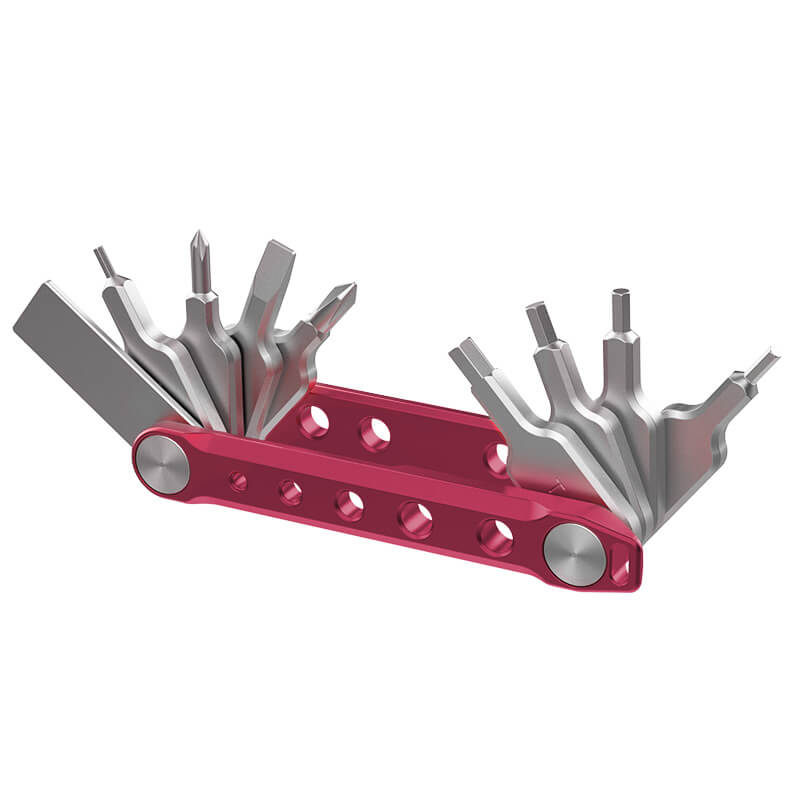A camera cage is a must-have for filmmakers and photographers. It provides protection and stability for equipment while also offering options for attaching accessories like microphones and lights. It is typically made from durable materials like steel or aluminum. However, most people neglect the importance of storing their camera cages properly. How you store your camera cage can greatly impact its lifespan and performance. Below are some tips for keeping it in top shape.

How you benefit from a camera cage
Camera cages are used for a variety of purposes in photography and filmmaking. Let's take a closer look at these important features:

Protect your camera body
The biggest advantage of the camera cage is that it protects your camera from sudden drops, bumps, or scratches. The cage acts as a buffer, absorbing shocks and preventing damage to delicate parts.
Improve handheld stability
Handheld shooting requires high stability. The camera cage provides a firmer and more stable grip, minimizing blurry shots and improving overall video quality.
Easy attachment of accessories
The cage also offers various mounting points for additional equipment, such as lights, microphones, and external monitors. This versatility allows filmmakers to customize their setups to their needs.
Importance of proper storage of a camera cage

Avoid damage to your cage
Improper storage can cause physical damage such as:
- A camera cage that's casually thrown into a bag can easily become scratched and dented. These bumps can not only compromise aesthetics but also functionality if they obstruct the mounting points or jam the mounts.
- If the accessories remain mounted during storage, there is a high risk of damage during transport or improper storage. Guarding the cage and its accessories will help protect the integrity of all your equipment.
Keep your cage functional
Proper storage will keep your camera cage functional and ready to shoot. Dust, moisture, and neglect can cause deterioration over time. Thoughtful storage ensures that the mounting points are unobstructed, allowing you to easily attach and remove accessories as needed.
Stay organized for easy access
A well-organized storage solution makes it easier to prepare for filming. Knowing where everything is means you'll spend less time searching for equipment at the start of production and can set up much faster and more efficiently.
Proper storage of the camera cage

Clean the camera cage before storage
Before storing your camera cage, thoroughly clean it. Gently wipe away any dust and dirt with a microfiber cloth. Pay attention to all crevices, as dirt can accumulate there and cause long-term problems. While cleaning, take some time to inspect the cage for signs of wear or potential damage, and look for loose screws or worn parts.
Choose the correct storage location
It's best to store your cage in a cool, dry place. Also, avoid exposing your camera cage to direct sunlight. Extreme heat or humidity will cause the materials to warp or corrode over time.
Use protective covers or bags
It's a good idea to invest in a protective case or bag for your camera cage. To do this, you'll need to measure your camera cage to ensure you get the right size. A well-fitting bag will reduce movement and thus the risk of damage while you're on the move. It's best to choose bags with adequate padding for shock absorption.
Store accessories separately
If the camera cage itself includes accessories such as handles or mounts, store them separately. This prevents scratches or further damage caused by friction between them. Storing all accessories in an organized manner will preserve their condition for the next shoot.
Avoid heavy loads
Store your camera cage without placing heavy objects on it, as excessive weight on the cage can cause bends or dents that impair functionality. Allow room for it to breathe to maintain its proper shape.
Check regularly
Make it a habit to check your camera cage regularly. Look for loose parts that might indicate wear and tear. If you find anything out of place, take the time to repair or replace the parts. This will save you a lot of trouble in the future!
FAQs about camera cages
1. What should I do if my camera cage is damaged?
If you discover that your camera cage has been damaged, first assess the extent of the damage. Minor scratches may not require immediate attention, but they should be monitored. For more serious structural damage, such as cracks in the frame, significant dents that compromise stability, or damaged mounting points, you should hire a professional to repair it or consider replacing the damaged parts.
2. Can I store my camera cage with the camera mounted?
While it's possible to store the camera cage with the camera mounted, it's generally not recommended. Storing them together increases the risk of damage to both the cage and the camera. Remove the camera and store it separately for better protection and organization.
3. How much does a camera cage cost?
The cost of a camera cage can vary greatly depending on the brand, material, and features. Simple models start at around $50, while more advanced, feature-rich cages can cost $300 or more. Consider your needs and budget when making a choice!
4. Is it worth investing in a camera cage?
Of course, a camera cage provides protection and stability, offers more shooting options, and makes it easier to mount accessories. For serious filmmakers and photographers, investing in a camera cage can significantly improve both the safety of your equipment and the quality of your work.
Keep your camera cage in top shape!
Taking care of your camera cage will keep it in good condition. Clean it before storage, find a suitable location, and provide a good protective case. Remember to organize your accessories and check them regularly.With a little effort, your gear can go a long way to being ready for your next adventure!
Read more
- 11 smartphone photography tips to instantly improve your photos
- Vlogger Must-Haves: The Ultimate Equipment Checklist 2024
- Why every social media influencer needs a Bluetooth selfie stick tripod






